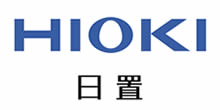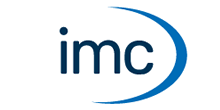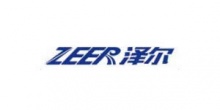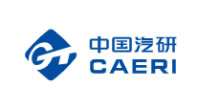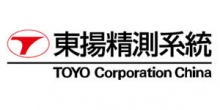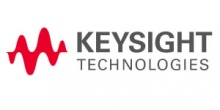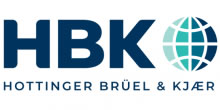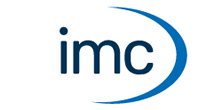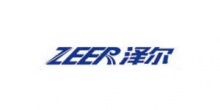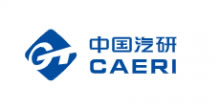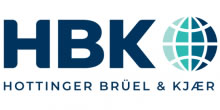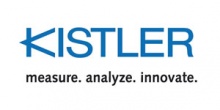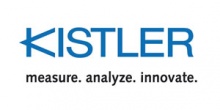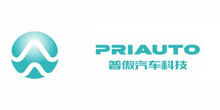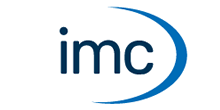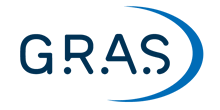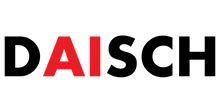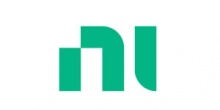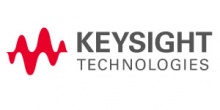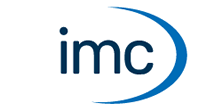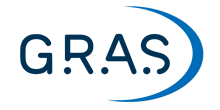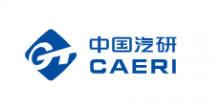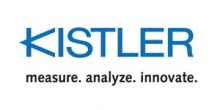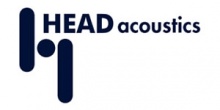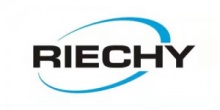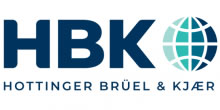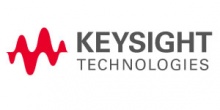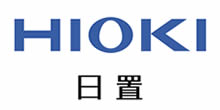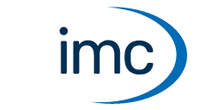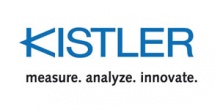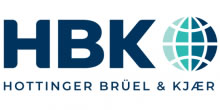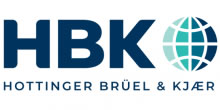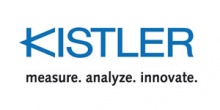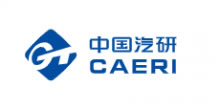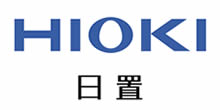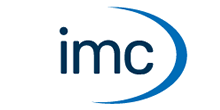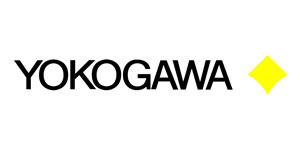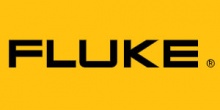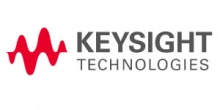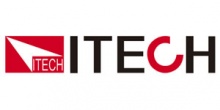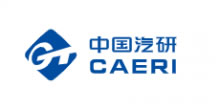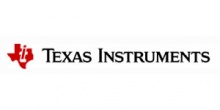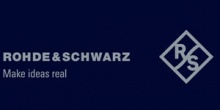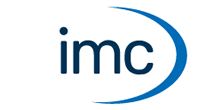Research shows that implementing DSRC above cellular is more cost-effective than implementing
The global automotive industry has been involved in extensive discussions comparing DSRC and C-V2X as technology alternatives for enabling V2X in vehicles in order to prevent accidents. Up until now, the added cost of V2X, which constitutes a significant parameter, was hardly compared between DSRC and C-V2X. As vehicle manufacturers are increasingly integrating V2X in TCUs, an ABI Research study analyzed the cost of adding V2X to the TCU using both technologies.
“We estimate that in the initial years of deployment, C-V2X plus LTE will carry a system cost between US$13.50 and US$15 higher than DSRC plus LTE,” said James Hodgson, senior analyst for smart mobility and automotive research at ABI Research. “DSRC, being the longer established and incumbent technology, has cost advantages typically associated with deployments in the field and a more competitive ecosystem.”
ABI Research’s new cost analysis indicates that C-V2X’s complexity and challenging requirements add cost over DSRC when taking into account that V2X is safety-critical technology. The key architectural differences that impact cost according to ABI Research are LTE ruggedization and automotive qualification, the need for high accuracy clock source, the cellular royalty scheme, and the use of wifi, which is bundled with DSRC for free.
Since both DSRC and 4G cellular are available technologies with mature products on the market, the findings strengthen the industry view that the hybrid model of DSRC plus cellular is not only simpler to design and deploy, but is more affordable as well.
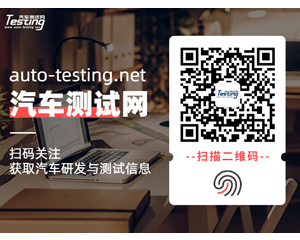 广告
广告 编辑推荐
最新资讯
-
一汽车项目落户济南,投资20亿!
2025-10-06 10:00
-
蓝电汽车成立新公司,注册资本5亿!
2025-10-05 18:14
-
沈阳金杯多款车型亮相“老北市” 助力辽宁
2025-10-05 17:55
-
演讲内容预告|享界、智界、问界的NVH静谧
2025-10-02 16:06
-
江铃汽车产品研发大楼二期项目开工!
2025-10-02 12:08





 广告
广告